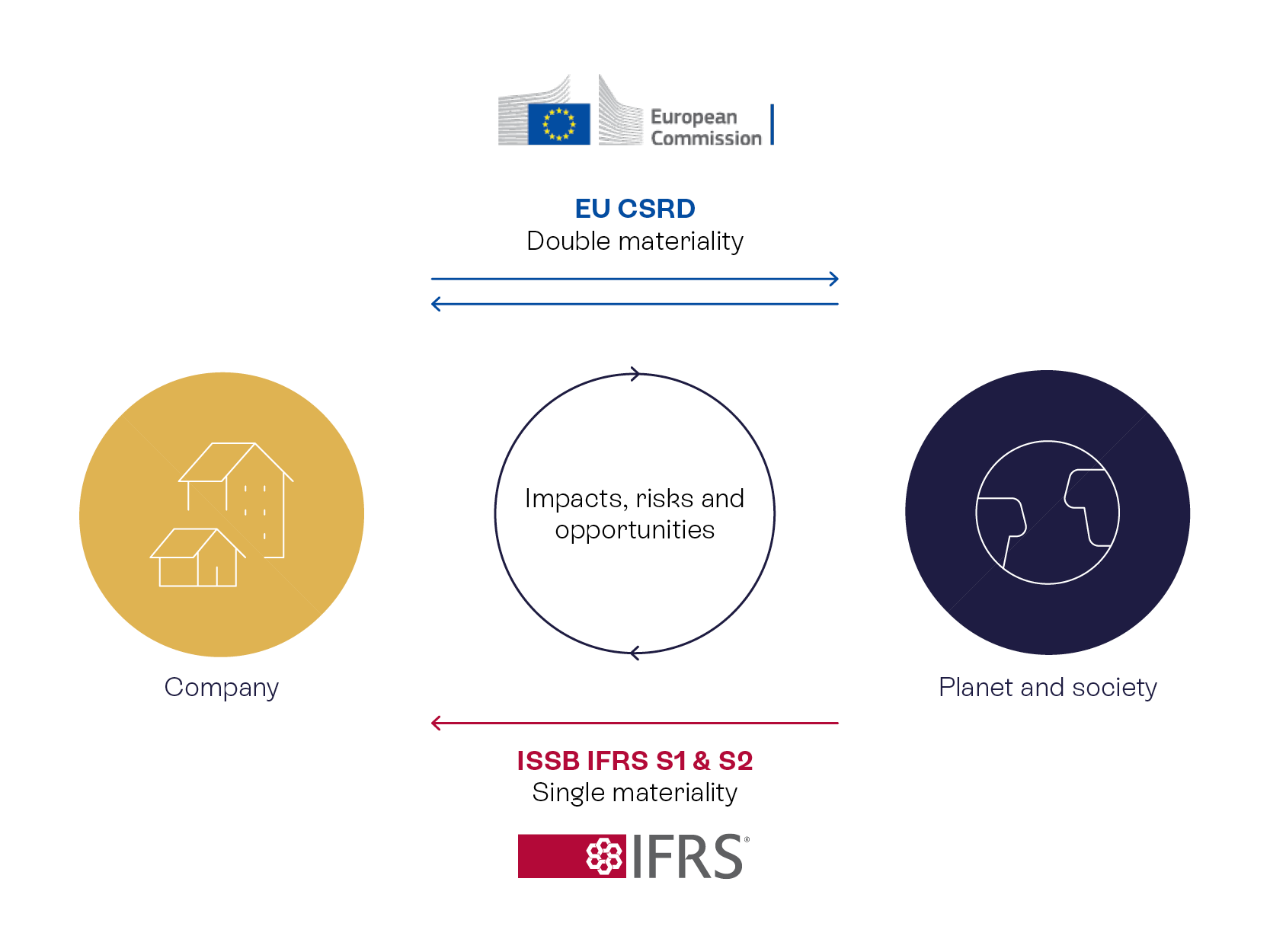
The journey to CSRD compliance is a significant step towards greater transparency and sustainability, ultimately benefiting the business, its stakeholders and the broader community.
Stay informed with regulations, insights & events by joining our mailer
The Corporate Sustainability Reporting Directive (CSRD) is quickly becoming a reality for businesses, demanding comprehensive and precise data reporting. With the volume of required data points surpassing initial expectations, it's crucial to start preparing immediately, even if your compliance deadline isn't until 2028.
Here's a strategic guide to help you embark on your CSRD compliance journey. The CSRD steps are:
1. Set your reporting boundaries
Begin by identifying which parts of your business need to align with the CSRD framework and by when. This will influence whether double materiality applies solely to the reporting entity or the entire business. This distinction can significantly influence the scope and depth of your reporting efforts and involves a deep dive into the specifics of the directive and how they apply to different facets of your operations.
2. Embrace double materiality
The concept of double materiality is central to CSRD compliance. It requires organisations to evaluate and report on sustainability impacts in two dimensions: the financial impact on the company and the company's impact on the environment and society. Engaging stakeholders in this process is critical but it can also be challenging, and thus it is worth starting these conversations early and approaching them with clarity to ensure comprehensive and inclusive input.
3. Conduct a comprehensive gap analysis
Once your materiality assessment is complete, perform a thorough gap analysis to compare your current data and reporting capabilities against CSRD requirements. Identify missing data points and areas needing improvement. Start collecting and organising this information meticulously, not only for your internal use but also to facilitate the auditing process. Well-organised datasets will streamline compliance and enhance the accuracy of your reports.
4. Anticipate changes to your annual report
Once you've gauged the volume and nature of information required for CSRD reporting, consider how this will affect your annual report (AR). The AR will need to reflect your sustainability initiatives and achievements comprehensively, integrating the extensive data collected under CSRD. This may involve redesigning sections of the AR or adding new content to ensure it meets regulatory standards and stakeholder expectations.
5. Integrate governance procedures
Embed robust governance procedures into your CSRD preparation and reporting processes. This includes establishing clear responsibilities, setting up internal controls and ensuring ongoing monitoring and review of sustainability data. Effective governance will not only support compliance but also enhance the credibility and reliability of your sustainability reports.
6. Understand the risk of non-compliance
If a business fails to comply with CSRD, they may be faced with administrative and/or criminal penalties, as well as reputational damage. It will be up to EU member states to determine the specific penalties.
Conclusion
Preparing for CSRD compliance is a complex but essential task for many businesses. By starting early, understanding the framework requirements, engaging stakeholders, conducting a gap analysis, planning for report adjustments and integrating strong governance practices, businesses can navigate this transition smoothly and effectively. The journey to CSRD compliance is a significant step towards greater transparency and sustainability, ultimately benefiting the business, its stakeholders and the broader community.

